Well, he did it because Sir Francis Beaufort was an amazing character, whose eponymous wind scale is a thing of scientific and poetic beauty that has been inspiring writers and artists for centuries. It's so amazing -- as is Beaufort's life; among other things, he's the guy who put Charles Darwin aboard the HMS Beagle -- that I wrote an entire book about it, called Defining the Wind, which Mr. Off has read and says he liked very much. He liked it enough, obviously, that he created this astonishing thing. Here's another look at it.
The hell he will. He will have those books from my own hand, and he will not have to pay postage because I will go to Cincinnati and attend the event, you just see if I don't. I'll even talk if they'll let me. (Spoiler: he told me they would. Here's a description of when I did.)
Now, here's the second reason I'm telling you all this. It's because this week, after all the negotiations and discussions and contractual madness, I have signed a contract to write a book about the Lawson Trek, to be called A Delicious Country and to be published by the very wonderful University of North Carolina Press. SO, yay, right? It'll be a lot of work for not much money, but that's the nature of books and book writing and it's what I've chosen and I'm grateful, right?
Except.
You write these books, and there's a couple years of your life, and one day a truck drives up with a box and you open it up and oh my God it's the greatest day and there's your book, and here or there -- in the best case, sometimes here AND there -- you get a review, or a note, or someone talks to you for 11 minutes on the radio, and you go to a bookstore and do monkeyshines and people laugh and a few buy your book. And, um, in about a month or so, the end. To be sure, there are authors whose books sell like crazy and who get royalty statements that have numbers not in parentheses and all that, and God bless them, but they are not me and I am not them. I write the kind of books that get loving reviews and then not too many people buy.
Which, again, ok -- I get paid (mostly) to do work I love and I'm not complaining. But whatever you say, and however much I do love it, book writing is an unlovely business, and it's wearying and takes a long time and sometimes you wonder why. Here comes a year of just plain hard work, and then eventually a month of pretty much fun, and then it's in the library like it never happened. You get the occasional letter from someone else who utterly shares your passion, and that's wonderful. But mostly the book is out there and that's just that.
So you can understand when I tell you that seeing this piece of artwork is thrilling and inspiring in a way I can scarcely express.
One chapter of Defining the Wind, in fact, discusses artwork based on the Beaufort Scale.
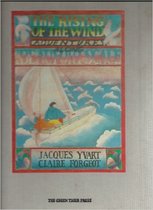
But even so, you can feel a little lonely and like the enterprise borders on pointless.
Given which, toiling to write a book about John Lawson's little-known adventure suddenly feels like it might be worth doing. That is, my work might have a point. Can art do anything greater than give us a belief that it might be worth carrying on? Thank you, Robert Off. Thank you.
And guess I'd better be getting on with it.

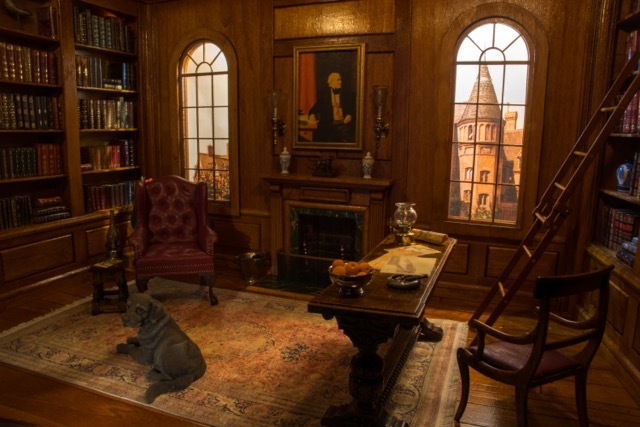
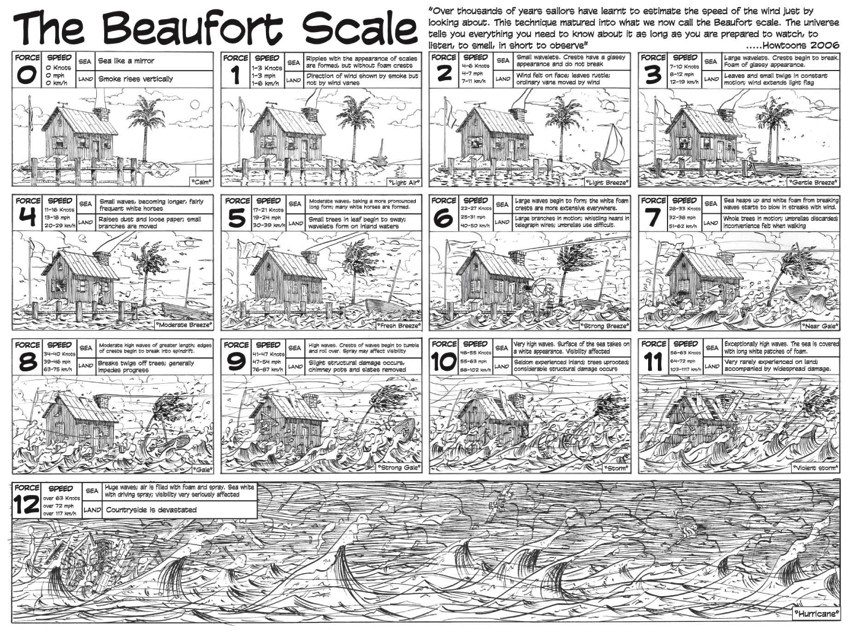
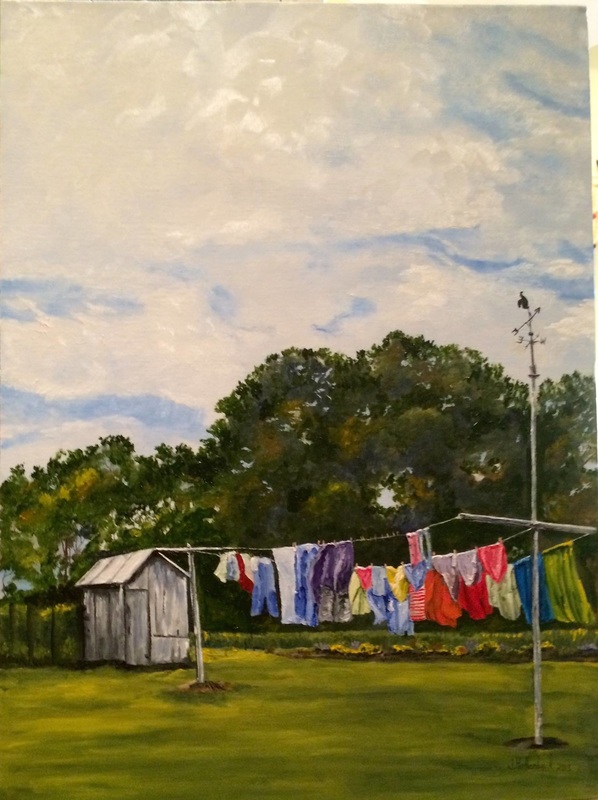
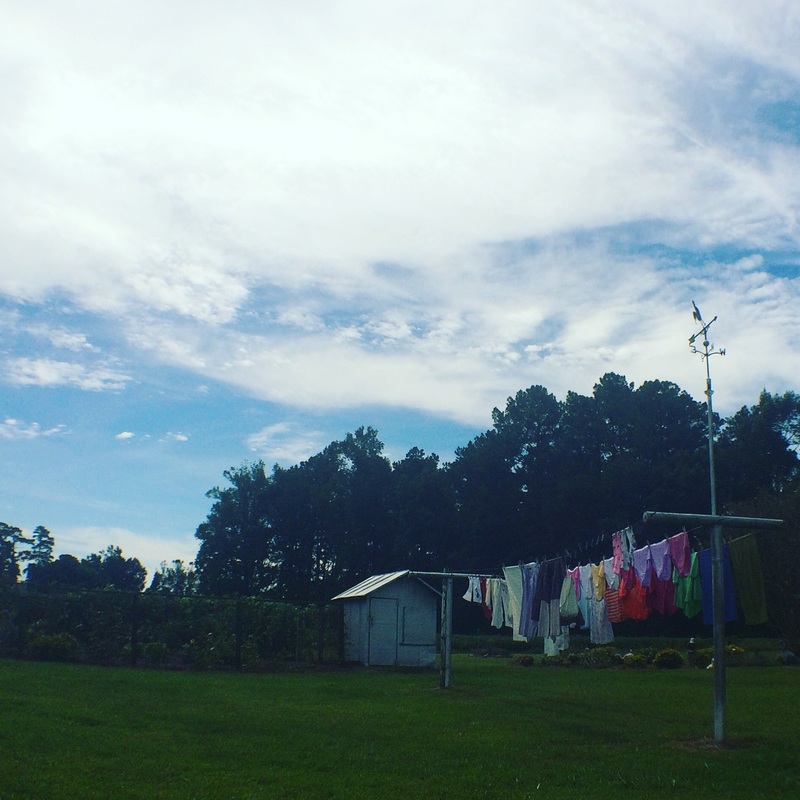
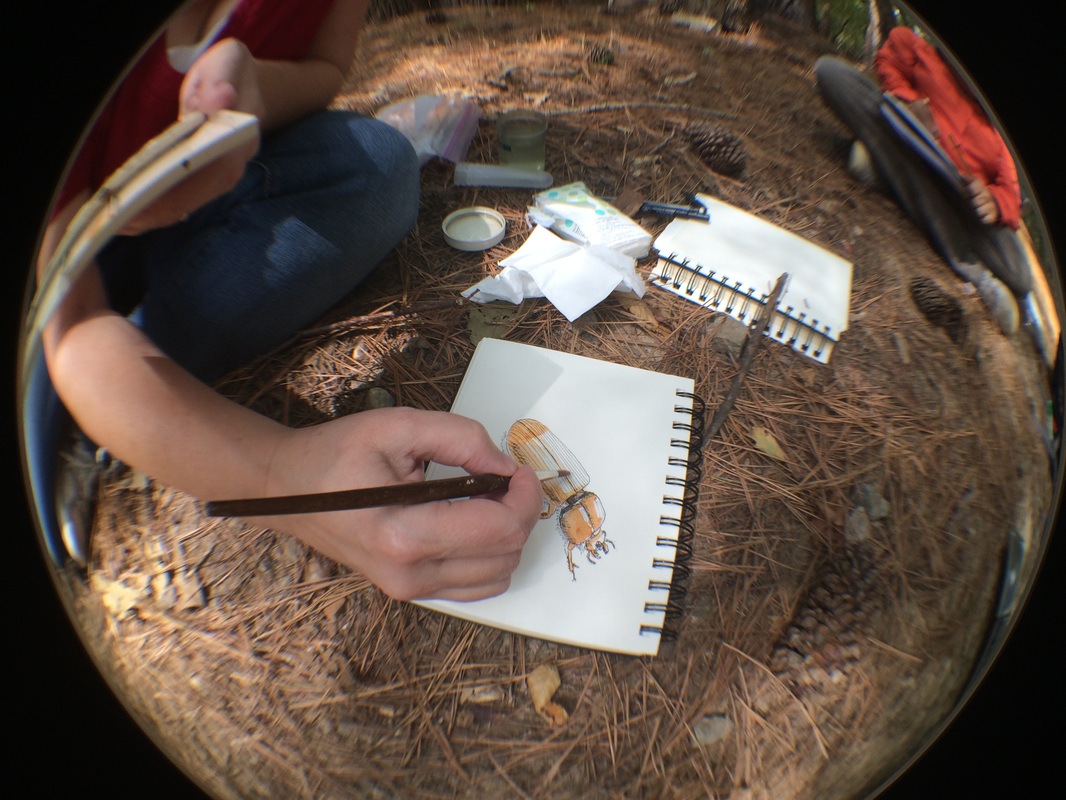
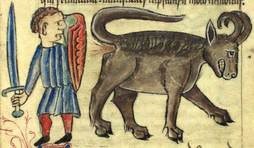
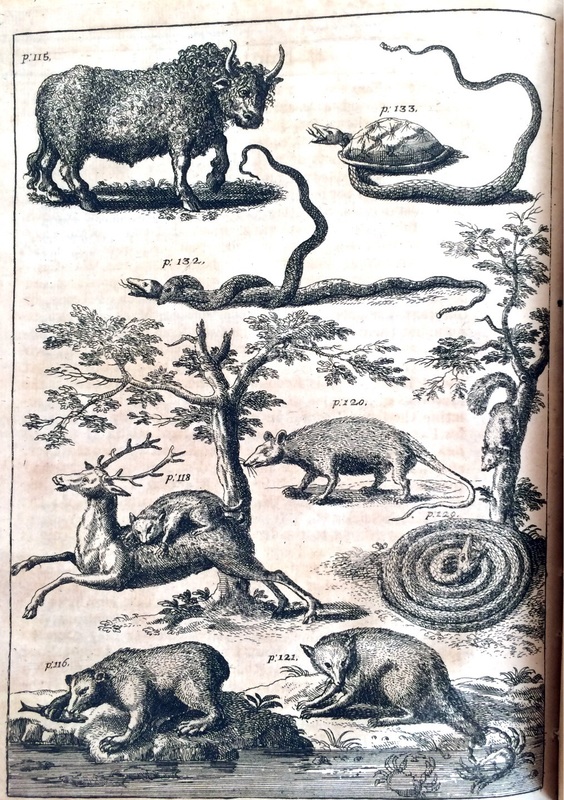
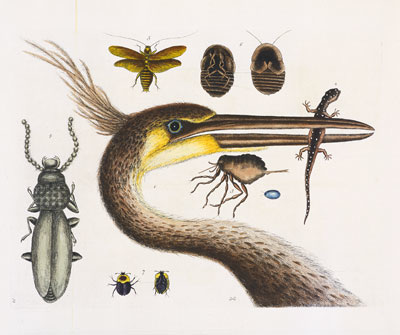
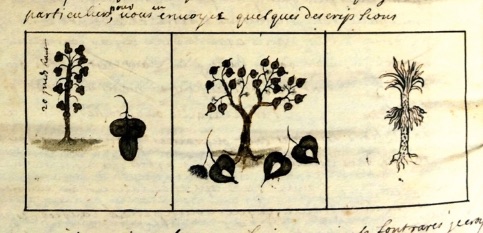
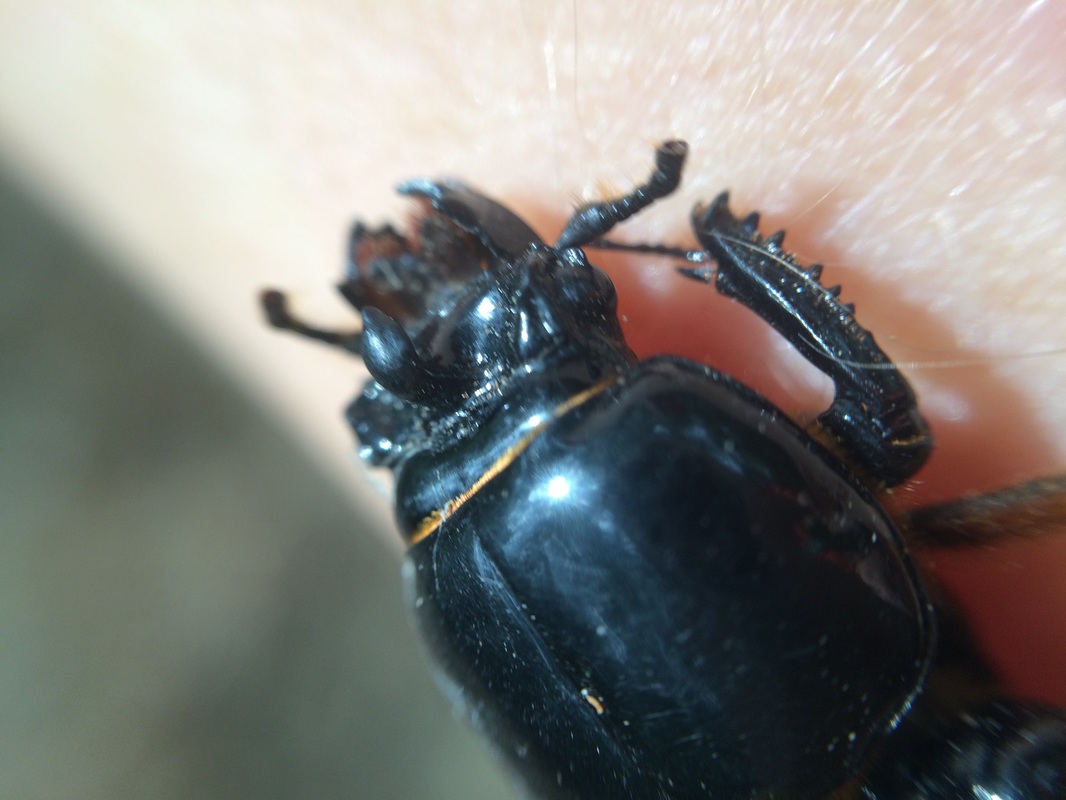
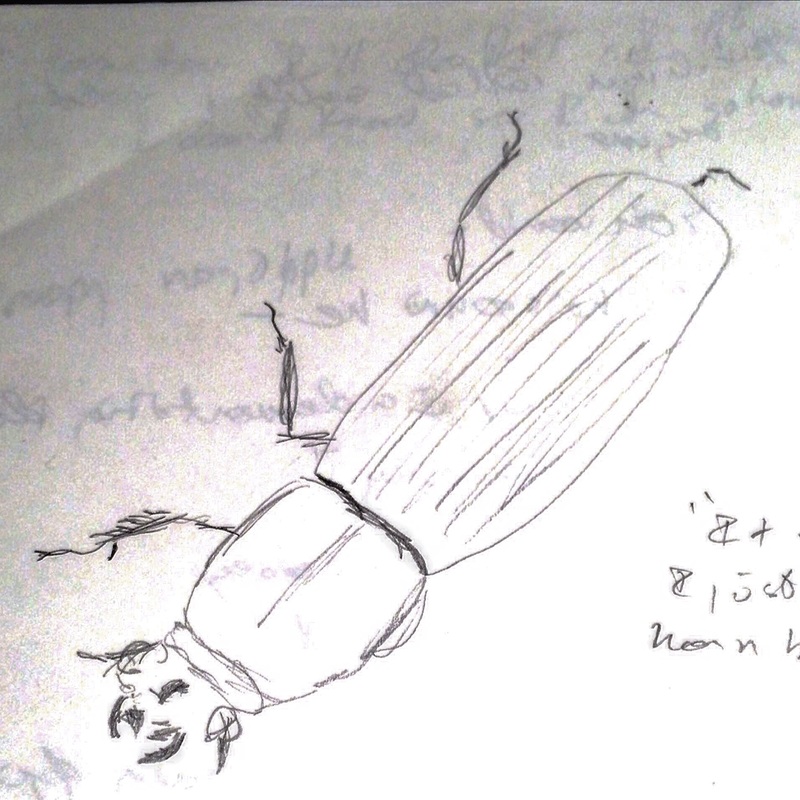
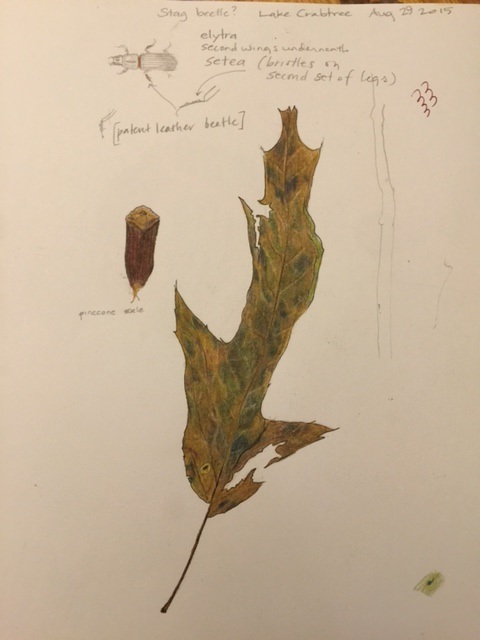
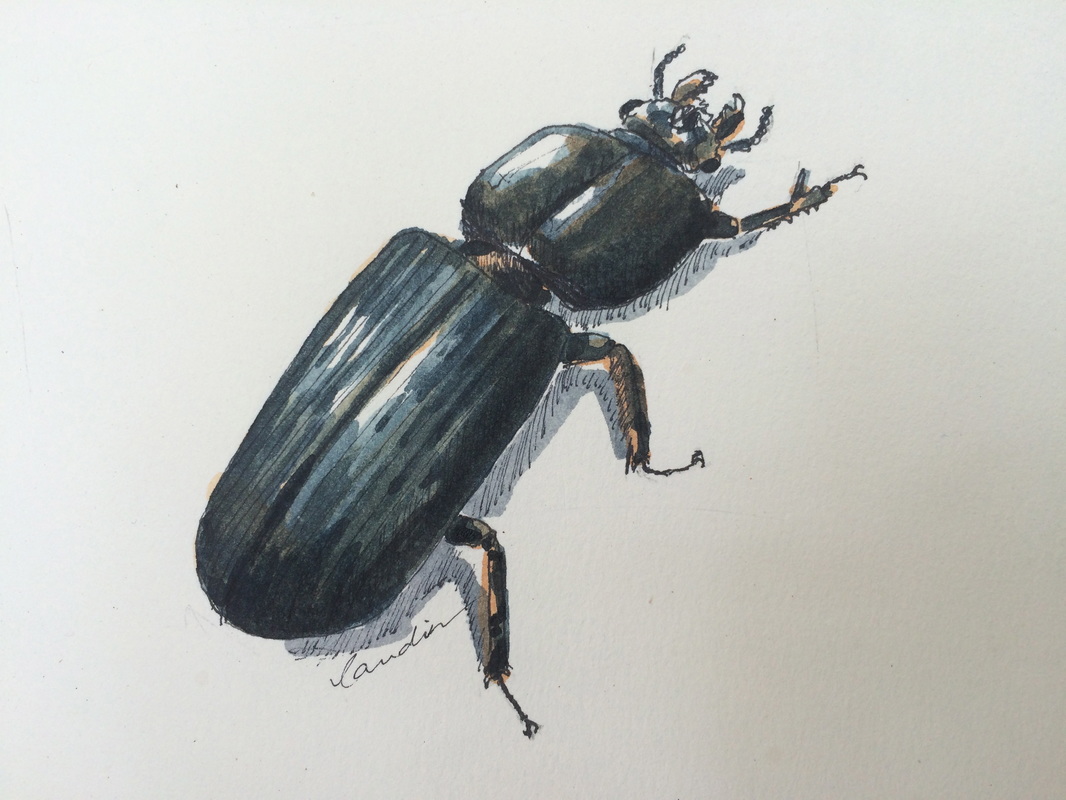
 RSS Feed
RSS Feed